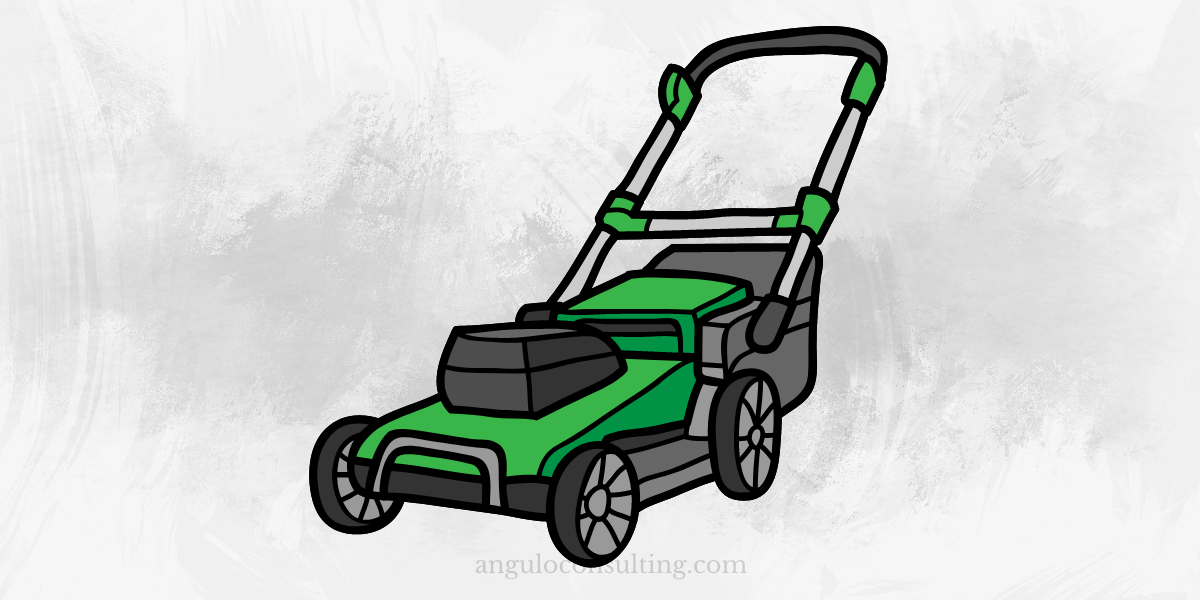
The time is here again, fall is upon us with winter around the corner, and you must think about getting your lawn ready for the cold months ahead in order to keep it as healthy as you can. Autumn gives the best time to get your property prepared because it will produce a more healthy and greener lawn in the spring than you’ve ever had. The following are some helpful tips that will answer the question of how you can get your property ready.
Autumn Tip # 1: Fertilize your lawn
Most people are tempted to fertilize in the spring because of the fast results, but patience wins if you fertilize during the autumn. Even though you will have to wait for the payoff, fertilizing in the fall will replenish the nutrients and strengthen the roots of your lawn. The stronger roots will bring on a thicker and healthier lawn when spring comes.
Autumn Tip # 2: Time to Spray the Perennial Broadleaf Weeds
The most common perennial broadleaf weed is a dandelion, and it can be challenging to treat. The best thing to do is, rather than spraying them, pull them up and eat them in salads as they are very high in nutrients. Most people only look at them as weeds and want them gone, so they spray them when they are in full bloom in the spring. But, if you just have to be rid of them, the best time to spread is during the fall when the nutrients are going into the roots. The herbicide will soak into the hearts and allow the herbicides to work longer.
Autumn Tip # 3: Put Away the Mower
Once the grass grows a little taller in the fall, most people think to bring the mower out and cut the grass short, but this is wrong. You should let the grass grow a little higher because it will help protect the roots, like a blanket or insulation during the cold months of winter. If you live in an area where you must mow, try to cut as high as the mower will go. Lawns that end up with the most injury from winter are those that have been trimmed as short as possible. You will not find any fertilizers or chemicals that can protect your lawn from winter injury, but if you practice good lawn care and do not mow it short, your property will have a fighting chance.
Autumn Tip # 4: Watering Changes
Beginning in the fall, days get shorter and more relaxed, which means your lawn will not need as much water as it does during the summer, so let up on the watering. Try to only water once every 10 to 14 days, depending on how much it rains. Do not stop watering altogether, though, because you want your lawn to be in the best condition possible when winter comes.
Autumn Tip # 5 Keep a Watch for Brown/Large Patch Fungus
Brown/Large Patch Fungus can be found all year long, but mainly from November through May as the temperatures drop below 80 degrees. Overwatering, lots of rain for extended periods, and high humidity where the leaves are wet constantly for more than 48 hours are causes of Brown/Large Patch Fungus. It starts out as small patches that change to yellow, then reddish brown, then the leaves will die. The leaves are not affected by the disease; the fungus infects the leaves closest to the soil. Where the leaf comes off, the stem will have a rotting smell, and the patches can grow up to several feet in diameter. You will commonly see yellow/brown rings with the center having a healthy lawn. Avoid quick-release nitrogen and excessive nitrogen during the development of the disease. Water only as needed and only between the hours of 2 am and 8 am when the dew is present. Mow as needed, but save the affected areas until last, and be sure to wash the mower to prevent spreading the disease.
You can get several products to control Brown/Large Patch Fungus, but they are complex to use for the average homeowner because the ranges and rates of the products vary based on how severe your problem is. For the diseased grass to recover, you must treat it when it is actively growing. The symptoms will not go away until new leaves start to develop and you get rid of the old leaves by mowing or decomposition. Because this disease usually begins when the grass is growing slowly, the recovery will be prolonged. Fungicides only stop the infection from spreading; they will not encourage the grass to grow.